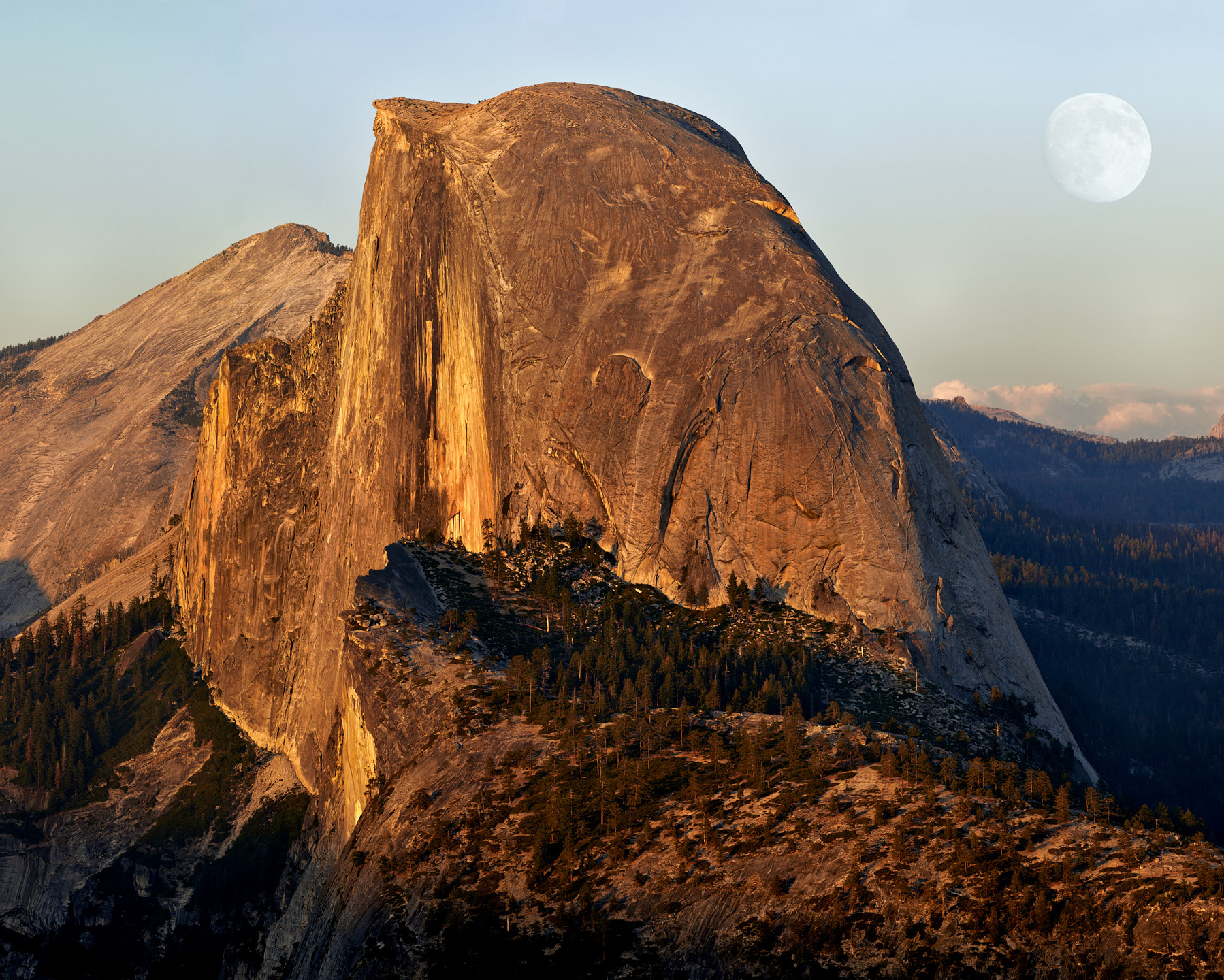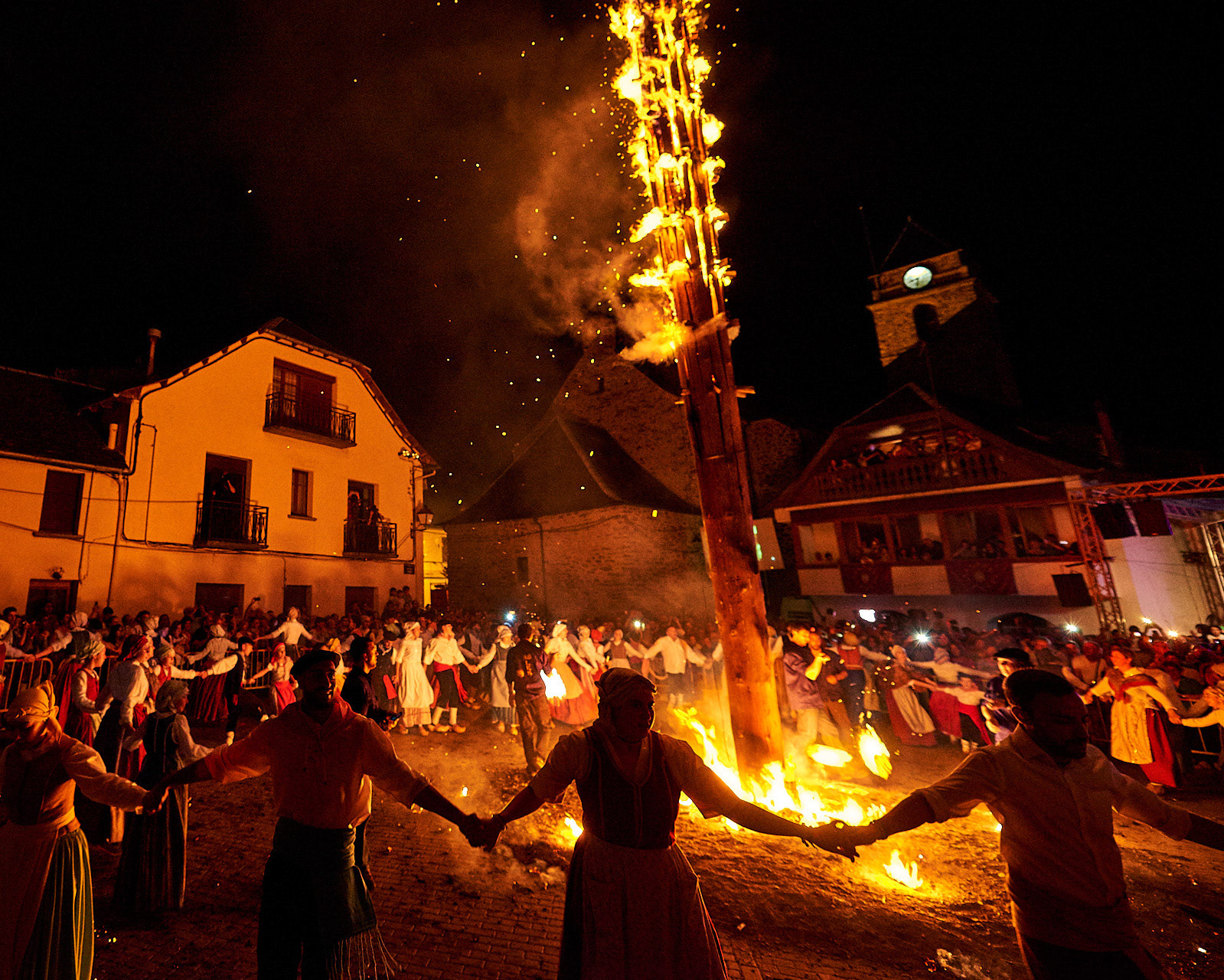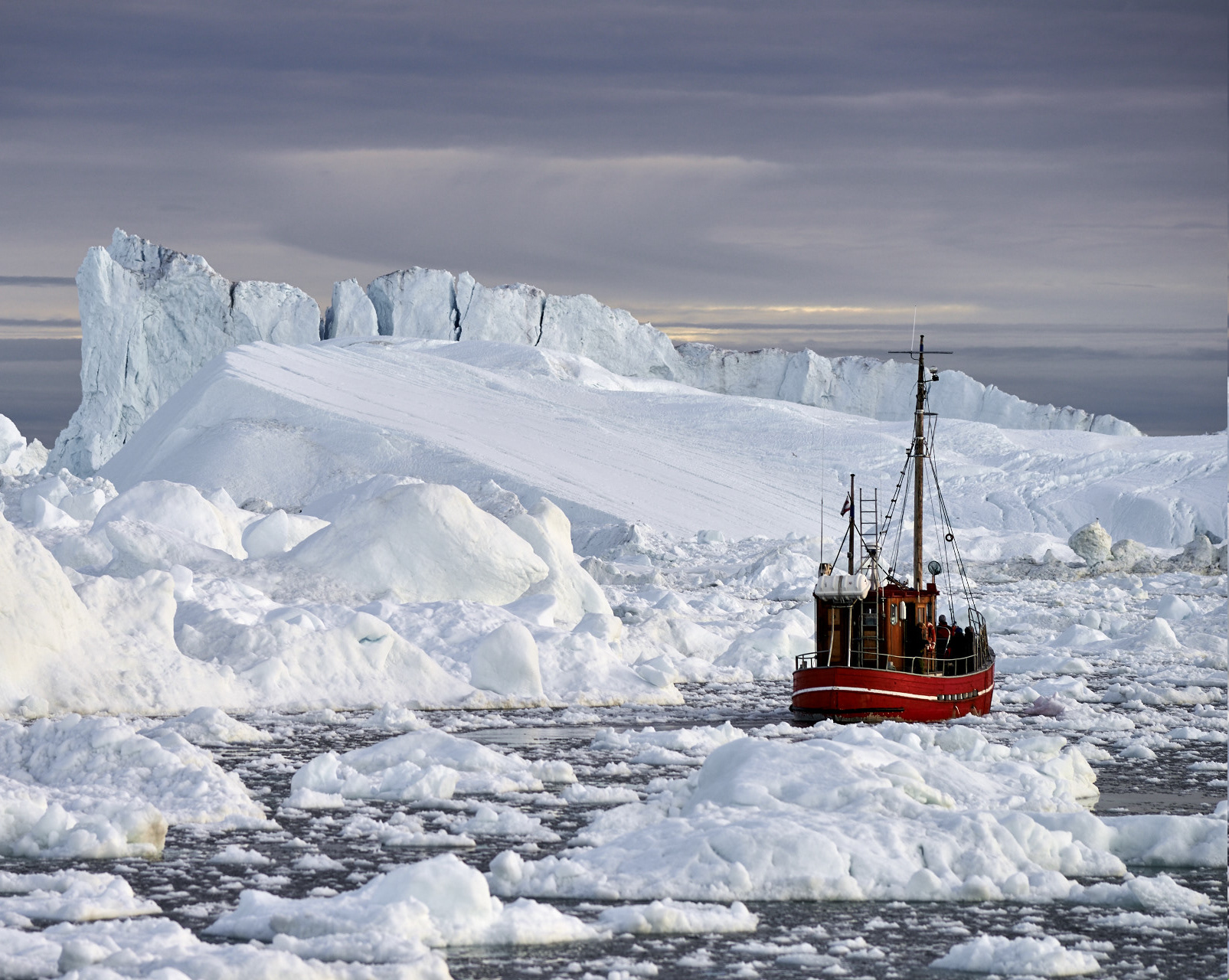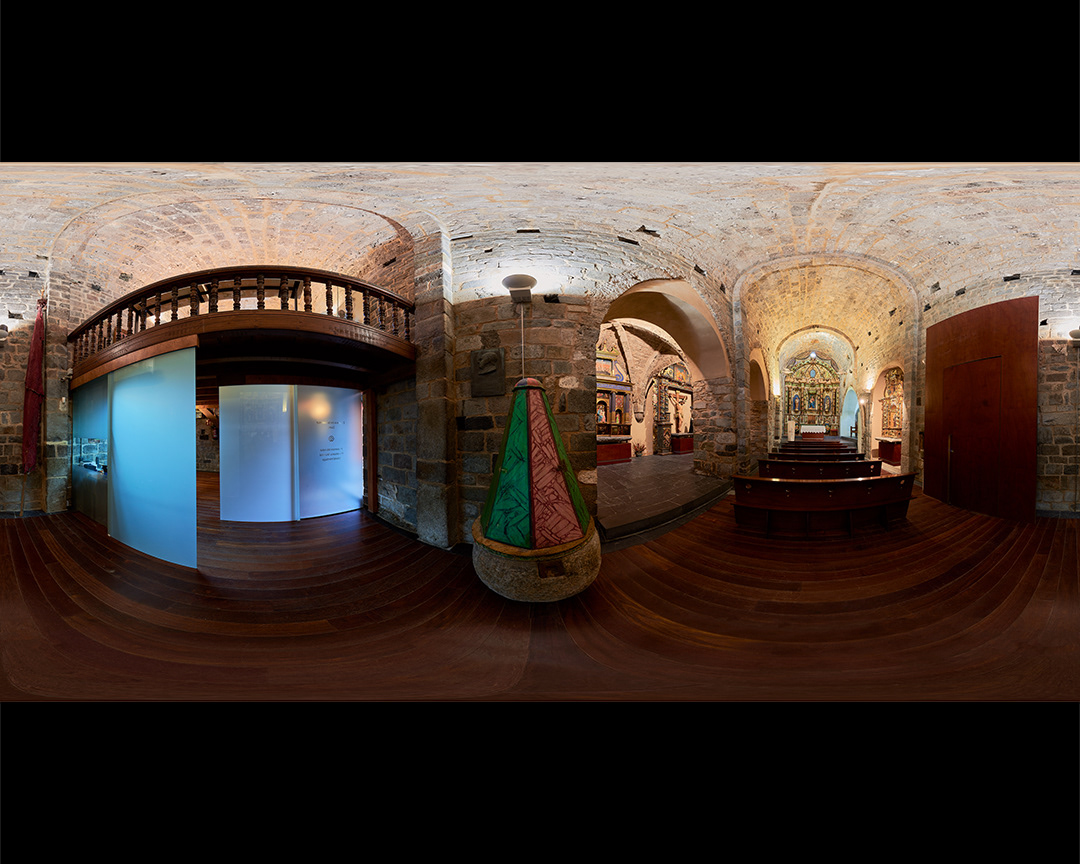"Sunrise at Banaripara". At sunrise in Banaripara, the harbor awakens with golden light, signaling the start of a sailing trip to Baithakata's floating market. The serene Sondha River mirrors the morning's tranquility, promising a journey steeped in natural beauty and vibrant culture.
"The brick furnace’s boat". Brick furnaces dot the riverside of Sondha River in Bangladesh. These structures, fueled by clay and coal, churn out millions of bricks annually, supporting the construction industry. The smoke billowing from them paints a stark contrast against the serene river backdrop.
" The proud sailor". Navigating by boat from Banaripara to the floating market of Baithakata in Bangladesh, along the Sondha River, offers a serene journey. Passing fishing boats, one witnesses the breathtaking sunrise painting the sky.
"Crossing boats". Two boats cross paths in the quietness of the Sondha River. Their gentle passage underscores the serene beauty of Bangladesh's waterways.
"Fishers’ silhouette". Sondha River, greeted by fishing boats silhouetted against the sunrise, painting a picturesque journey.
"On board". The landscape is dotted with brick factories and furnaces, showcasing the industrious spirit of the region.
"In gold". One witnesses the serene beauty of sunrise over the water, accompanied by the sight of traditional fishing boats dotting the river.
"The quiet fisherman". A fisher in a small boat on the Sondha River waits calmly and patiently. The stillness of the water mirrors his quiet dedication, embodying the serene rhythm of his timeless pursuit.
"The Bengali navigator". A man pilots a boat on a tranquil early morning journey.
"The brick furnace’s worker". The labor-intensive nature of brick production in Bangladesh involves a workforce often consisting of migrant workers, enduring harsh conditions for meager wages. Their toil is essential for meeting the demand for bricks, but it highlights the socio-economic disparities prevalent in the region.
"The human chain". The riverside location offers convenient access to water for brick production. However, it also raises concerns about soil erosion and water contamination, affecting both the ecosystem and livelihoods dependent on river resources.
"Golden river". Despite their economic significance, brick furnaces pose environmental challenges. Their emissions contribute to air pollution and health hazards for nearby communities. Efforts to introduce cleaner technologies are underway, aiming to mitigate the impact on both human health and the environment.
"Sondha River’s fisherman". A fisherman casts his net, adding to the tranquil scene of river life.
"One more brick". In Bangladesh, the sight of brick furnaces lining the riverside serves as a reminder of the complex interplay between industry, environment, and livelihoods, underscoring the need for sustainable development practices to ensure a harmonious coexistence between human activities and nature.
"Way back". Returning from Baithakata's floating market, he rows gently in the Sondha River. The calm and quietness of the water envelops him, highlighting the serene beauty of the journey.
"Rowing down the river". A man rows calmly, his boat laden with straw, creating a serene scene of river life.
"Red bridge". Near the floating market of Baithakata, a red bridge crosses a small channel. It's festooned with electoral posters featuring candidates for the national elections in Bangladesh, adding actuality to the serene landscape.
"The quiet navigator". A man journeys from the floating market of Baithakata, Bangladesh, immersing in the tranquil beauty of the riverine landscape.
"Market’s day". A woman in a niqāb, symbolising tradition and the Muslim culture prevalent in the region, reflecting the diversity and customs of Bangladeshi society.
"Baithakata Floating Market". The most famous floating market in Bangladesh is the Barisal Floating Market, located in the Barisal Division. This market is renowned for its vibrant atmosphere, where vendors sell various goods from boats along the river, creating a unique shopping experience.











